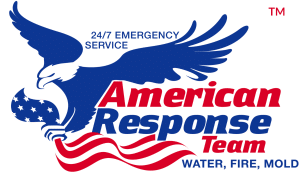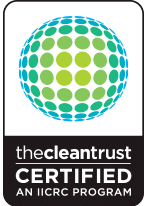Are you worried about mold in your home? It’s a common problem that can be dangerous to your health and the integrity of your property. In this article, we will discuss DIY mold inspection and cleaning tips to help you identify and remove mold from your home. We will cover everything from the tools you need to the best methods for mold removal.
Why is Mold Dangerous?
Mold is a type of fungus that grows in warm, damp environments. It can cause health problems such as allergies, respiratory problems, and even infections. Mold can also cause damage to your property, including wood rot and structural damage. It’s essential to address mold issues as soon as possible to prevent further damage to your home and protect your family’s health.
How to Inspect for Mold
Mold can grow in many places in your home, including walls, floors, and ceilings. It’s essential to inspect your home regularly for mold to catch it early. Here are some steps you can take to inspect for mold:
- Check for visible signs of mold, such as discoloration or staining on surfaces.
- Use a moisture meter to check for areas of high moisture, which can indicate mold growth.
- Inspect areas that are prone to mold growth, such as bathrooms, kitchens, and basements.
- Use a mold testing kit to check for the presence of mold spores in the air.
How to Clean Mold
Once you have identified mold in your home, it’s crucial to clean it up as soon as possible. Here are some steps you can take to clean mold:
- Wear protective gear, such as gloves and a mask, to avoid exposure to mold spores.
- Use a HEPA filter vacuum to remove loose mold spores from surfaces.
- Use soap and water to clean mold from non-porous surfaces.
- Use bleach and water to clean mold from porous surfaces such as wood or drywall. Mix a solution of 1 cup bleach to 1 gallon of water, which can be sprayed directly on the mold. Note that bleach is quite harsh, and dilution is an important step before use.
- Cut stained or musty carpet and pads into 6×8-ft. sections with a utility knife. Using a pump sprayer, mist the surfaces with water to control the spread of spores, and roll up the sections. Double-wrap them in 6-mm plastic and tape them with duct tape for disposal.
How to Prevent Mold Growth
Preventing mold growth is the best way to avoid the need for mold removal. Here are some steps you can take to prevent mold growth in your home:
- Keep your home dry by fixing leaks and using a dehumidifier in damp areas.
- Ventilate your home by opening windows and using exhaust fans in bathrooms and kitchens.
- Use mold-resistant materials, such as mold-resistant drywall and paint, in areas prone to mold growth.
- Clean and maintain your HVAC system regularly to prevent mold growth in air ducts.
- Address any mold issues promptly to prevent further growth and damage.
Conclusion
Mold is a common problem that can be dangerous to your health and your home. It’s essential to inspect your home regularly for mold and address any issues promptly. By following the DIY mold inspection and cleaning tips we have provided, you can remove mold from your home and prevent further growth. Remember to wear protective gear when cleaning mold, and use soap and water for non-porous surfaces


